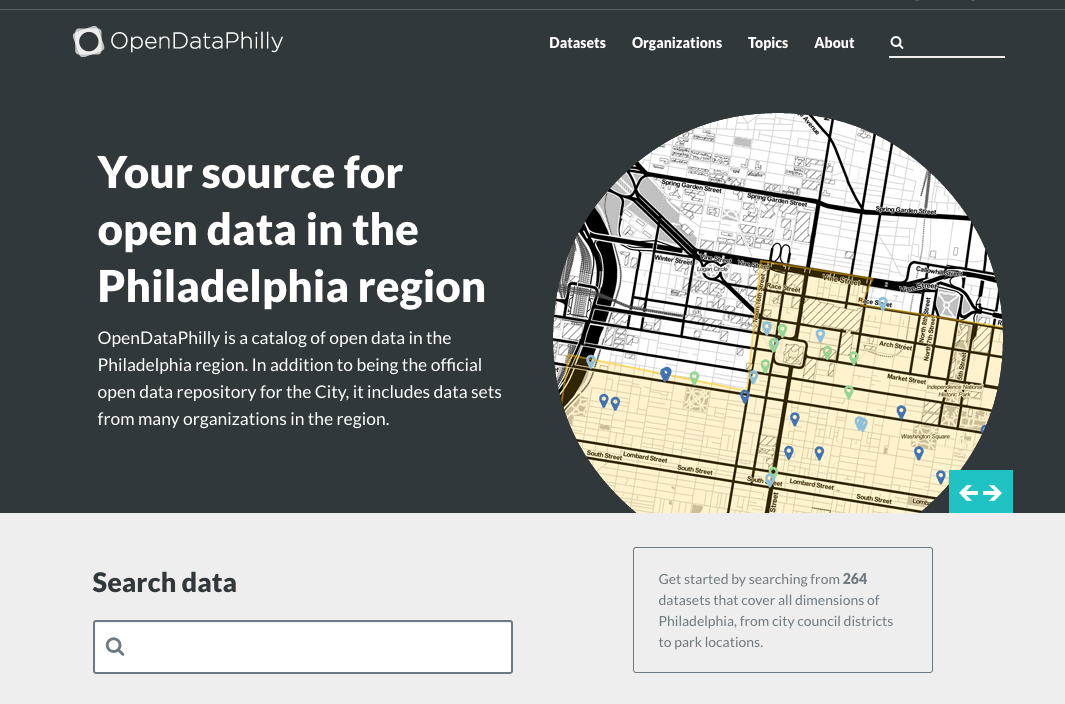Wired: “….Apple announced a new software framework it hopes will help turn the 700 million iPhones in users’ hands into medical diagnostic tools.
ResearchKit is an open-source framework that lets medical researchers create diagnostic apps that tap into the screens and accelerometers on the iPhone, as well as data from HealthKit apps. The first five apps built with ResearchKit are available today, and they’re built to help diagnose various disorders.
Apple Senior Vice President of Operations Jeff Williams detailed some of the specialized applications available at launch. They include the mPower app, which is built to gauge the effects of Parkinsons’ Disease and was developed in conjunction with the University of Rochester, Xuanwu Hospital at Capital Medical University in Beijing, and Sage Bionetworks.
On stage, Williams demoed tests within the app that could measure hand tremors by using an iPhone touchscreen, vocal trembling using the microphone, and a walking balance test.
Williams said he hopes ResearchKit can help address a few problems with medical research in its current state, such as limited patient participation, infrequent data sampling, and one-way communication from the patient to a medical professional. The ResearchKit apps are designed to be more interactive and allow a patient to control when and with whom to share data.
Along with the mPower demo, Williams mentioned a few more apps that will be available immediately for iOS: a diabetes-diagnostic app from Massachusetts General Hospital; an app to diagnose heart disease from Stanford and the University of Oxford; an Asthma Health app from Mount Sinai Hospital and Weill Cornell Medical College; and an app to help victims of breast cancer made by the Dana-Farber Cancer Institute, UCLA School of Public Health, Penn Medicine, and Sage Bionetworks.
Williams also stressed that customers would be able to control the data shared by each ResearchKit app, and that sensitive data would only be visible by medical researchers….(More)”

